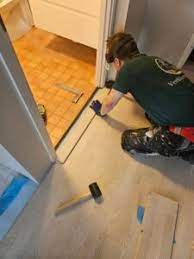Introduction
Windows is a popular operating system that is widely used across the world. It is known for its user-friendly interface and advanced functionalities. In this blog, we will discuss Windows in CO (Carbon Monoxide).
What is CO?
Before understanding Windows in CO, we need to understand what CO is. Carbon Monoxide (CO) is a colorless, odorless, and tasteless gas that is produced by incomplete combustion of carbon-containing fuels, including natural gas, propane, gasoline, and wood. It is highly toxic and can cause serious health problems.
Windows in CO
Now that we know what CO is, let’s discuss Windows in CO. Windows in CO refers to the process of creating windows that block the harmful effects of Carbon Monoxide gas. This process is typically used in industrial settings, where Carbon Monoxide is released in large quantities.
There are several ways to create windows in CO. One of the most common methods is by using materials that can absorb Carbon Monoxide. For example, some materials contain chemicals that can break down Carbon Monoxide into harmless compounds. These materials can be used to create windows that allow light to pass through while blocking harmful gases.
Another way to create windows in CO is by using physical barriers. This method involves the use of a special filter that blocks Carbon Monoxide without obstructing the view. These filters are typically made of a transparent material coated with a thin layer of Carbon Monoxide-absorbing material.
Conclusion
Windows in CO is an important process that helps prevent the harmful effects of Carbon Monoxide gas. It is commonly used in industrial settings where Carbon Monoxide is released in large quantities. By using materials that absorb Carbon Monoxide, or physical barriers that block it, we can create windows that are both functional and safe.




